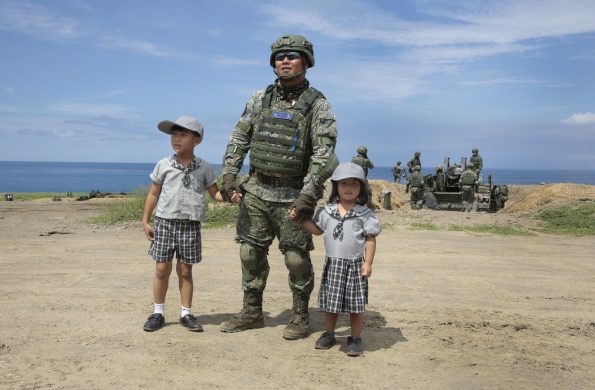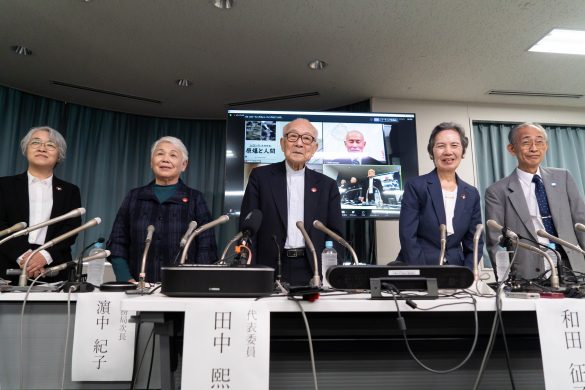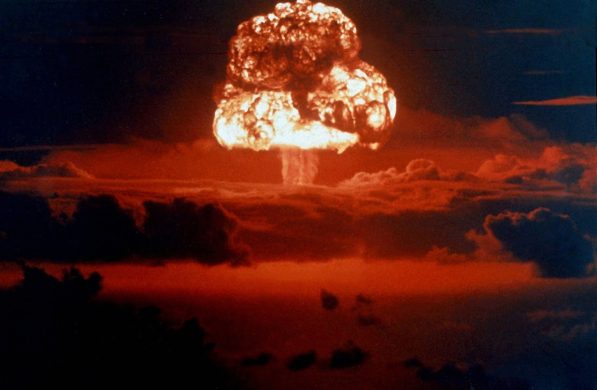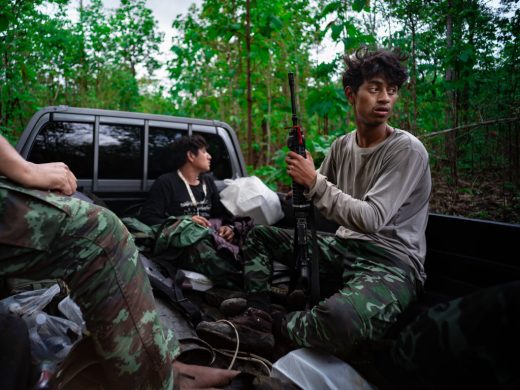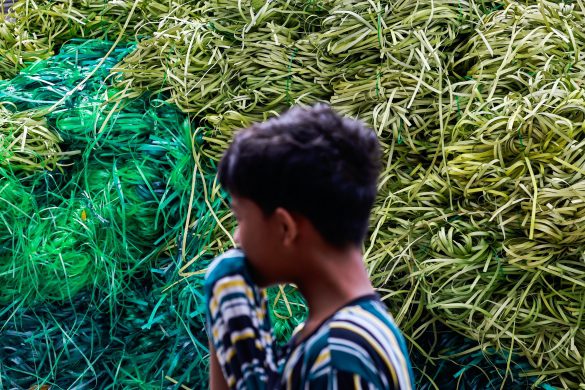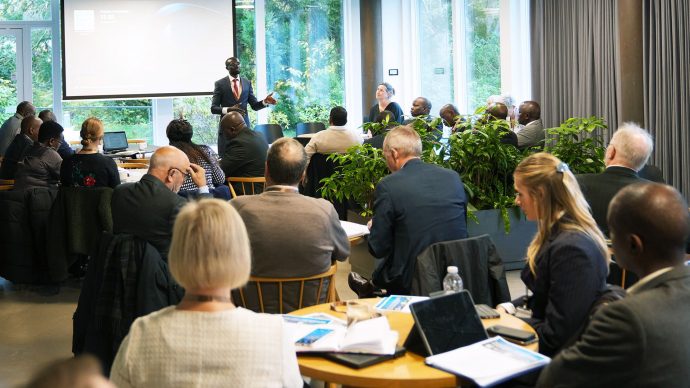Tag bare indsatsen for bedre sundhed i Nepal – et land, hvor kun halvdelen af indbyggerne har sæbe og rent vand at vaske hænder i – bistanden er ganske vist ikke stor nok, men også fortvivlende ringe i sin praktiske udførelse.
KATHMANDU, 3 January 2013 (IRIN): Insufficient, fragmented and misdirected investment in the water and sanitation sector has hindered the fight against diarrhoea, leaving it one of Nepal’s leading child killers despite hundreds of millions of dollars having been invested, say practitioners.
While health programming has helped reduce the severity and fatality (dødelighed) of diarrhoea among children below the age of five, the percentage of children affected by diarrhoea in Nepal has not budged in almost a decade, remaining at a stubbornly high 14 percent.
A major cholera epidemic in 2009 affected over 70.000 people in 27 of the country’s 75 districts, killing almost 380.
Since then, an average 3.500 under-five children are hit by diarrhoea outbreaks every year, resulting in some 50 deaths (1,4 percent fatality rate), according to government statistics.
Some nine out of 10 deaths due to diarrhoea worldwide are traced to unsafe water, inadequate sanitation and poor hygiene, according to the UN Children’s Fund (UNICEF), all of which are lacking in Nepal.
According to the most recent census in 2011, almost 40 percent of households nationwide did not have any safe way to dispose of faeces (nødtørft).
And while 85 percent had access to an “improved” water source, it was still not necessarily safe, said Madhav Pahari, water, sanitation and hygiene (WASH) specialist at UNICEF’s office in Kathmandu.
Soap and clean water
Less than half the population had access to soap and clean water for hand-washing.
A recent self-assessment by the WASH sector in Nepal, including both governmental and non-governmental groups, blamed insufficient funding, as well as inefficient spending.
In order to achieve its targets of universal toilet coverage by 2017 and basic water and sanitation services for all, Nepal will need to double its current annual investment in the sector from 43 million US dollar to some 85 million, concluded the 2011 assessment.
„It is not only about more money, but also more “rational” spending“, said Nanda Bahadur Khanal, senior divisional engineer at the water supply and sanitation Sector Efficiency Improvement Unit of the Ministry of Urban Development (MoUD).
No coordination
Læs videre på
http://www.irinnews.org/Report/97164/Analysis-Tracking-dollars-to-fight-diarrhoea-in-Nepal


